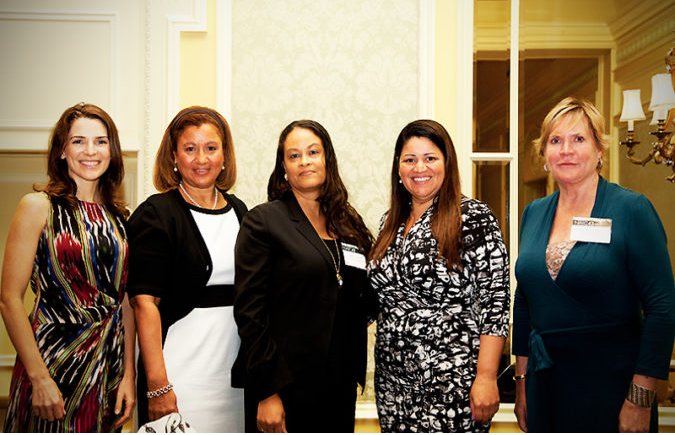Private Equity Women’s Initiative Aims to Increase Number of Women in the Sector
| For Fórmate a Fondo | 0 Comentarios

The National Association of Investment Companies (NAIC), the industry association for diverse-owned and emerging private equity firms and hedge funds, recently announced the commencement of the Private Equity Women’s Initiative to increase the number of women entering and advancing in the private equity industry.
A partnership between the NAIC and the American Investment Council (AIC) recognized that women are grossly underrepresented in the industry, making up just 10 percent of senior employee ranks in private equity. The difficulties women face in surmounting barriers into the industry is compounded by the challenge of effectively navigating their way towards senior level positions.
To achieve its objectives, the Private Equity Women’s Initiative will publish relevant research, as well as host educational forums, networking events and mentoring programs. A Working Committee comprised of 11 senior women from NAIC and AIC firms created the Initiative’s Guidelines and Best Practices, a framework for promoting recruitment and retention of women.
The Working Committee consists of: Kelly Williams (Chair), Senior Advisor, GCM Grosvenor; Maura Allen, Private Equity Fellowship and Program Manager, Robert Toigo Foundation; Lauren Dillard, Managing Director and Head of Investment Solutions, Carlyle Group; Daphne Dufresne, Managing Member, JBD Holdings; Martina Marshall Edwards, Former Director of Alumni & Alternative Investments Programs, SEO; Nia Gandy, Marketing Manager, GP Investments; Audra Paterna, Director of Human Resources, Silver Lake; JoAnn H. Price, Co-Founder/Managing Partner, Fairview Capital; Sarah Roth, Partner, The Riverside Company; Patricia Winton, Principal, Strategy and Human Capital, Arclight; Alisa A. Wood, Partner, KKR.
“We believe that the guidelines and best practices developed by the steering committee will provide meaningful tools to firms who are committed to improving gender balance,” says Kelly Williams, Chair of the Private Equity Women Investor Network and Chair of the Women’s Initiative Steering Committee. “I am very impressed by the efforts made by AIC and NAIC member firms to address this important issue.”
“NAIC is delighted that our collaboration with the AIC will positively contribute to more women having the opportunity to develop long, vibrant and rewarding careers in private equity because the industry worked to become more inclusive in our policies and practices,” says Robert L. Greene, President & CEO of the association. “We continue to believe that no group or demographic holds a license or monopoly on talent, rather talent is evenly distributed amongst all people!”








